More and more enthusiasts are playing with purple clay, and the stories about teapots are also increasing. Purple clay has a simple and honest texture, neither flashy nor vulgar, consistent inside and out. The gentle and steady nature of scholars, who value tranquility and stability, aligns perfectly with the character of purple clay. Purple clay teapots, in their square and round forms, encompass all things in the universe, resonating with the scholarly spirit.
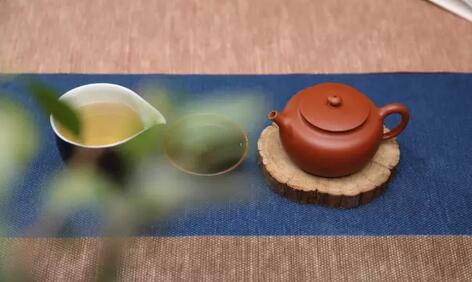
Therefore, when playing with teapots, we need to embody an elegant temperament and avoid being too rough. Let’s take a closer look at the taboos of playing with purple clay:
First Taboo: Playing with Fakes and Showing Off
Some teapot lovers enjoy showing off but neglect learning. They have a mindset of seeking bargains and sometimes buy cheap imitations, then flaunt them everywhere. They constantly seek validation, asking everyone, "How is my teapot?" But they get upset and defensive when told it’s fake.
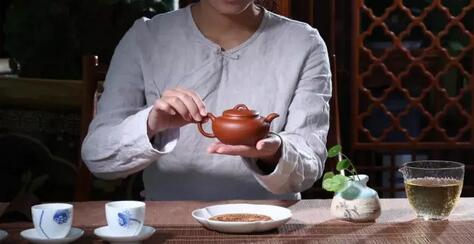
Second Taboo: Blindly Following Others
Many enthusiasts have played with teapots for years but know little about them. They rely on others' opinions when buying a teapot, lacking their own standards or the ability to appreciate teapots independently. They frequent forums, listening to so-called veteran players and parroting their views. Why? Because they fail to summarize and analyze.
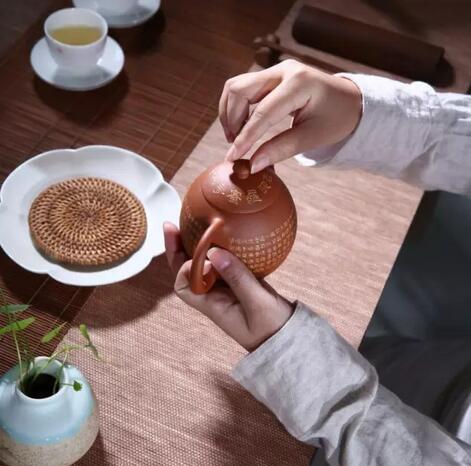
So, in the process of playing, we should seize every opportunity to interact with teapots to analyze and summarize. Why is this teapot good? Compare teapots of the same clay and shape but made by different artists. To learn more about purple clay, you can add WeChat 66777038 for communication. Summarize the characteristics of good clay and teapot shapes to establish standards. This way, when you encounter similar teapots in the future, you’ll have a reference in mind. Only then can you improve and truly understand purple clay teapots.
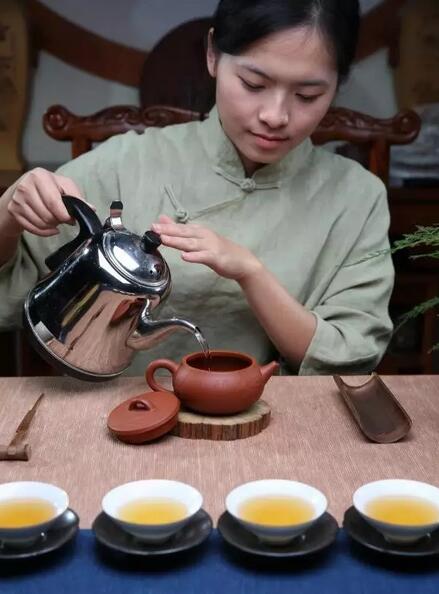
Third Taboo: Impatience for Quick Success
Some fantasize about becoming collectors overnight. As the ancients said, "Haste makes waste." Purple clay teapots, as a category of collectibles, share the commonality of collection—persistence and heritage. Collecting a good piece may take decades or even generations of effort. Teapots by masters like Shao Daheng and Chen Mansheng are not easy to come by. In the world of collection, there is a pyramid, and only a few stand at the top. Keep a clear mind about your position in this pyramid and proceed gradually based on your abilities.
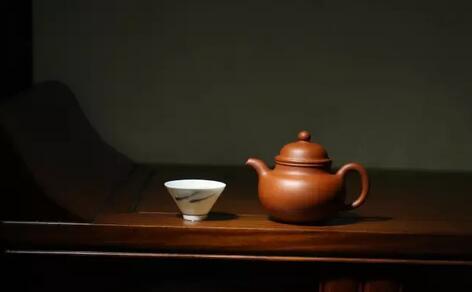
Fourth Taboo: Taking Others’ Treasures Casually
"A gentleman does not take what others love." This can serve as a motto for purple clay enthusiasts. Some people, upon seeing a well-maintained teapot with a beautiful patina in a friend’s possession, first lavish praise and then resort to relentless persuasion to acquire it. If you truly like it, ask your friend to introduce you to the artisan to purchase one yourself, avoiding strained relationships.
Fifth Taboo: No Communication, Self-Righteousness
Some players isolate themselves, refusing to communicate with peers and becoming self-righteous. Remember, whether you are a player or a maker, your value is based on public recognition. If no one acknowledges you, reflect on where you might be wrong or how you can improve. Be open to learning and improving your appreciation through communication. Only then can you progress and elevate your level of play.
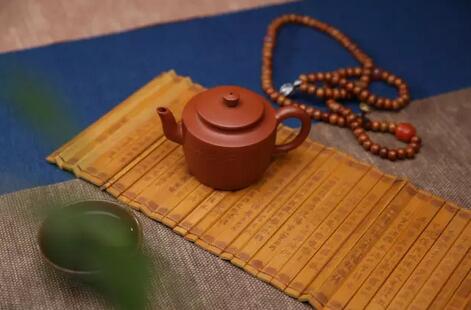
Sixth Taboo: Obsession to the Point of Madness
Some players lose sight of why they play with teapots. Playing should bring happiness and elevate one’s cultivation, benefiting the whole family. Yet, some use household funds or their spouse’s savings to buy teapots, leading to deteriorating family relationships, constant arguments, and even physical altercations. Some believe they have a unique eye for bargains but often waste their money. Others, though financially capable, neglect their families, becoming obsessed. This is extreme. Family harmony and marital happiness are essential to truly appreciate the elegance and depth of teapots.